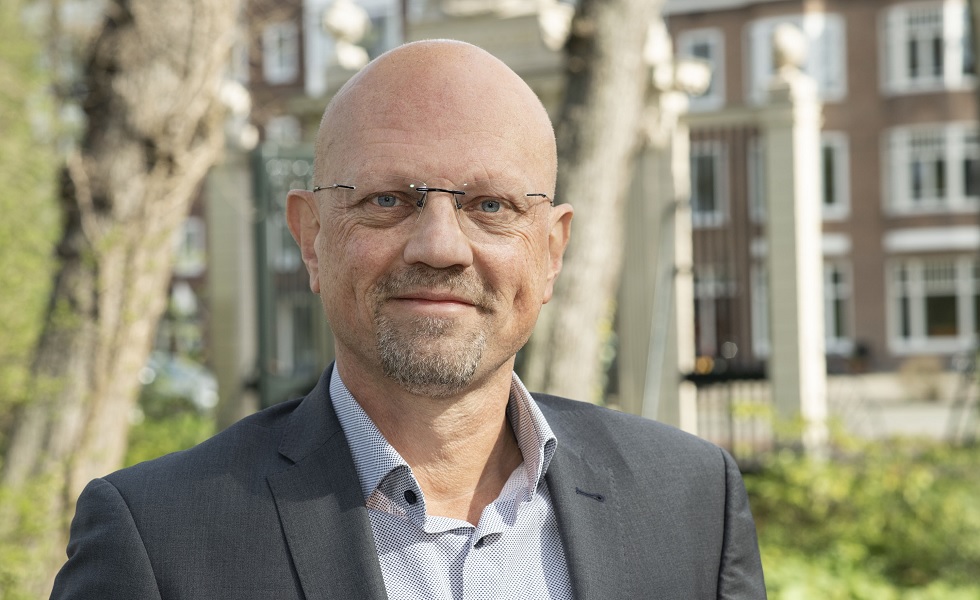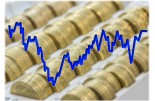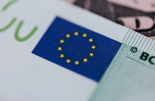Harry Geels: Has the weak euro made Europe lazy?
Harry Geels: Has the weak euro made Europe lazy?

This column was originally written in Dutch. This is an English translation.
By Harry Geels
With Europe struggling with stagnation, deindustrialization, and declining competitiveness, an uncomfortable question arises: has the euro, which is structurally weak by nature, made the continent lazy? What can we learn from Switzerland?
A weak currency offers an easy path to export success. Goods become cheaper abroad, profit margins rise, and the pressure to save or innovate decreases. Germany's long-term export boom—especially between 2000 and 2015—was based on this advantage. With the euro trading below the level that an independent German mark would likely have had, German cars, machinery, and chemical products gained a significant price advantage in China, the US, and beyond.
But this competitive advantage came at a price. Industries accustomed to a cheap currency often postpone investment and innovation. Structural reforms—reducing bureaucracy, modernizing infrastructure, and diversifying energy sources—are postponed as long as there are export surpluses. However, when external shocks strike (such as war or trade tariffs), underlying weaknesses become apparent. That is precisely what has happened in Germany and the EU in recent years.
The slow burn of deindustrialization
Over the past decade, the industrial share of Europe's economy has shrunk, especially in Germany. Energy price shocks hit energy-intensive sectors hard – the bitter result of decades of “Atomkraft, nein Danke” politics, combined with a naive dependence on Russian gas. Complex regulations, a slow rollout of digital infrastructure, and an aging workforce are adding extra pressure. The green transition, however necessary, often involves layers of bureaucracy that slow down rather than accelerate investment.
Figure 1: Industrial production, selected countries, indexed from early 2011

Source: https://blog.syzgroup.com/slow-food-for-thought/the-swiss-miracle
At the same time, global competition is shifting. China, once an important customer for German machinery and vehicles, is now a direct competitor in electric cars, solar panels, and high-tech manufacturing. The US offers tax incentives for its (clean) tech industries, attracting investments that Europe finds difficult to match. India has cleverly positioned itself as a technology and knowledge hub, to which large European companies in particular are only too happy to outsource.
The Swiss contrast
Across the border, Switzerland provides an instructive example. Long accustomed to a strong franc—often labeled “too strong” by exporters—the country could not rely on a weak currency to stimulate sales abroad. Instead, more added value was required: pharmaceuticals, precision instruments, medical equipment, and luxury products dominate exports. More than half of Swiss exports are high-tech. As a result, labor productivity per hour worked is among the highest in the world.
Instead of deindustrializing, Switzerland has maintained a healthy industrial base, while also excelling in finance and services. The strong franc acted as a driving force: in order to survive, companies had to innovate, automate, and focus on quality over quantity. Two of Switzerland's other strengths are political and democratic stability and top universities that work closely with innovative companies.
Other weakening factors in the EU
The currency is not the only cause of Europe's industrial malaise. Energy dependence, particularly on Russian gas, made Europe vulnerable to geopolitical shocks. The decision to phase out nuclear power removed a stable, low-CO2 energy source. Demographic headwinds—an aging population and a shortage of skilled immigrants—are exacerbating labor market shortages. Investments in (digital) infrastructure are lagging in many EU countries.
In addition, European policy often moves slowly. Industrial policy is fragmented between member states, there are restrictive local oligopolies (especially in the banking sector), while state aid rules limit rapid or targeted interventions. The green transition is often slowed down by bureaucracy and local opposition. Ironically, it is precisely the companies that are essential to this transition that are now considering leaving the EU.
A question of ambition
Has the euro made Europe lazy? To a certain extent, yes. For the strongest members, the currency was undervalued, allowing them to compete globally without the hard work of continuous modernization. At the same time, weaker members were locked into an overvalued currency, limiting their scope for export-driven growth. The north-south divide widened. But blaming the euro alone is too easy. The deindustrialization of Europe is more complex.
The deeper question is one of ambition. Can Europe rediscover the will to compete not only on price, but also on innovation, quality, and resilience? Can it streamline regulation, invest in future-proof infrastructure, and nurture the industries that will determine the prosperity of the next generation?
Looking ahead
Europe can learn from Switzerland: far from being a handicap, a strong currency can be a catalyst for industrial strength when combined with innovation and strategic clarity. This means that the euro system needs to be reformed. There are various ways to do this, which I have published extensively on before and for which I created a euro solutions matrix as a starting point for discussion. Continuing with the current system means, above all, muddling through.
In addition to the currency, there are other difficult choices: pursuing energy independence, accelerating digitization, reducing bureaucracy and regulatory pressure, and renewing a culture of excellence. The real question remains: will Europe choose the comfort of a weak currency or the challenge of true competitiveness?
This article contains the personal opinion of Harry Geels









